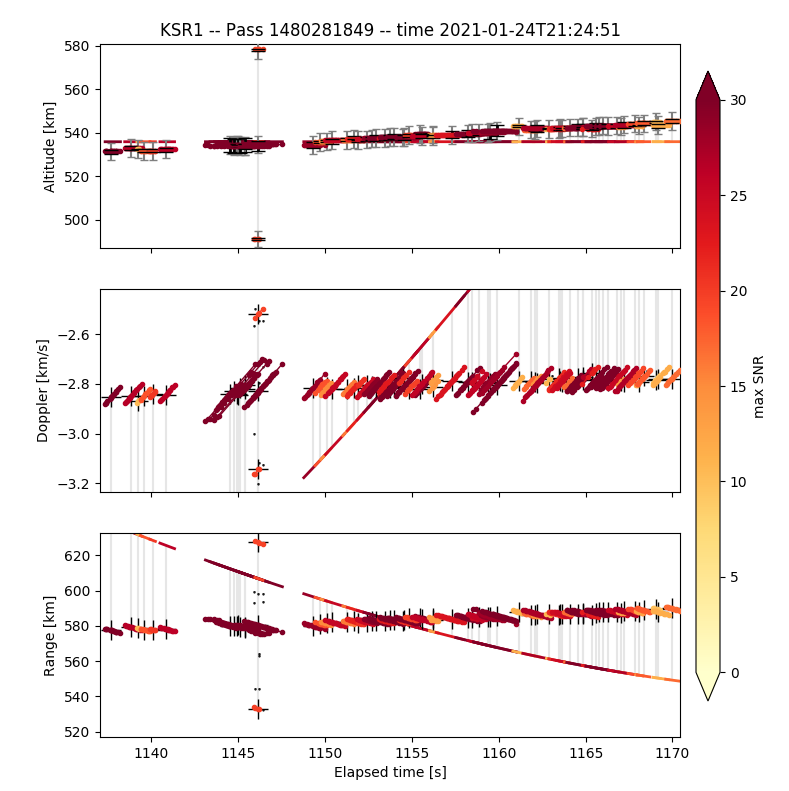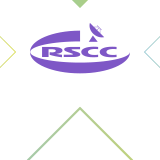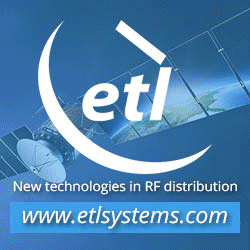LeoLabs Partners with
SpaceX for Rideshare Mission Support
LeoLabs is pleased to
announce that we will provide our Launch and
Early Orbit tracking service to SpaceX’s
customers as part of their SmallSat Rideshare
Program. Drawing on the success of providing
this service to satellite operators on the
Transporter-1 mission, LeoLabs will provide this
support to users for the next six Transporter
missions plus multiple smaller rideshares.
LeoLabs Launch and Early Orbit is a real-time
operational satellite tracking service that has
been proven to help satellite operators reliably
identify and establish contact with their
payloads, with data deliveries beginning just
hours after mission launch.
SpaceX’s willingness to
provide this one-of-a-kind tracking service from
LeoLabs to their customers shows their
commitment to safe and responsible operations in
space. LeoLabs is proud to support these SpaceX
rideshare missions setting an example of
responsible space access!
We’re currently gearing up
to track the Transporter-2 mission, and in
addition to supporting SpaceX’s customers, we’re
also excited to once again partner with
Spaceflight Inc. to provide the same support for
their customers being deployed from their two
orbital transfer vehicles (OTVs), Sherpa-FX2 and
Sherpa-LTE1, flying on this mission.
So what goes into
operationally supporting missions of this size
for the LeoLabs team, and how do we know our
service is helpful to satellite operators? In
this post we’ll take a look back at our support
for
Transporter-1.
The Largest Rideshare
Mission
On January 24, 2021, SpaceX
launched the largest rideshare mission in
history, named Transporter-1, with a total of
143 payloads on board. LeoLabs supported this
mission with our Launch and Early Orbit service
that delivers rapid data and insights to mission
operators starting just hours after launch.
SpaceX utilizes this same
Launch and Early Orbit service for their
dedicated Starlink launches, as described in
this post. For the Transporter-1 mission,
LeoLabs provided this support directly to
SpaceX’s customers — the satellite operators
flying the rideshare payloads. We also worked
with Spaceflight, extending this service to
their customers’ payloads deployed from the
Sherpa-FX1 OTV spacecraft.
The 143 payloads deployed
from this mission were as follows:
100 primary rideshare
payloads deployed directly from the Falcon 9
second stage
10 Starlink satellites
deployed by SpaceX after the other rideshare
payloads were deployed, and after re-igniting
the Falcon 9 second stage
13 rideshare payloads
on-board Spaceflight’s Sherpa-FX1 OTV
spacecraft, deployed approximately three hours
after launch
20 rideshare payloads on
board D-Orbit’s ION spacecraft, deployed
strategically over a period of time in the weeks
following launch as the vehicle performed orbit
phasing maneuvers.
Transporter-1 payload stack
(Image credit: Spaceflight)
Through our agreements with
both SpaceX and Spaceflight, our launch
operations team was on-console tracking these
deployed payloads for the first seven days
following launch.
The Transporter-1 mission
marked the first time a launch provider or
satellite integrator has offered operational
support for their customers that extends beyond
the launch and deployment itself.
In the case of
Transporter-1, SpaceX launched the payloads and
deployed them into the proper orbit, at which
point LeoLabs began tracking them and sending
daily updates to all operators and integrators
on the mission.
The plot below, generated
by a LeoLabs software application designed to
quickly process and associate raw measurement
data, shows the train of deployed customer
satellites and payloads from one of the many
radar passes collected during our week of
support. Each small streak (diagonal line) is a
series of measurements collected on a single
object. The larger arc running down the middle
of the two lower plots represents the simulated
path of the TLE used to schedule our radar
observation time (notably right down the middle
of the plot — a scheduling bullseye!)

LeoLabs data plot showing
raw tracking measurements on the Transporter-1
deployed payloads.
These tracking data plots,
generated multiple times per day for
Transporter-1, allowed us to quickly discern the
number of objects detected, along with relative
spacings and size information. We then mapped
these detected objects to the planned order of
deployment provided by SpaceX and began making
predictions about which objects were which.
Rapid support for satellite
operators
We also established an open
line of communication with the operators on this
mission, and were very pleased with the high
levels of engagement and participation
throughout our seven-day support window. Within
24 hours of launch, we were informed that over
90% of all the payloads had been contacted
independently by their operators — a great
milestone for a mission of this size.
Confirmations for additional contacts were made
in the following days.
Over our week of support,
LeoLabs offered assistance to those customers
who needed it, and we were successful in helping
multiple owner-operators with one or more of the
following:
Locating their satellite to
establish communications when they had not yet
been able to do so on their own
Improving fidelity of the
existing communications signal with more
accurate ground antenna pointing
Confirming which objects in
the public satellite catalog (which NORAD IDs)
corresponded with their satellites
We coordinated with more
than a dozen satellite operators and mission
integrators, providing support at various
levels. As one example, LeoLabs worked with
D-Orbit to refine orbit prediction accuracy of
its ION-SCV 002 spacecraft in the days following
launch. D-Orbit provided this feedback to
LeoLabs and SpaceX following completion of our
support for the mission:
“Our ION spacecraft
utilizes S-band for communications, which
requires very precise pointing of our ground
antennas. As the many payloads were quite close
to one another in the first few days of the
mission, we needed an improved estimate of ION’s
precise location. LeoLabs was able to
successfully help us identify our satellite from
those surrounding us, at a time when none of the
objects had yet been added to the public
satellite catalog. Their support enabled us to
establish more reliable contact quickly so we
could perform our system checkouts.” — Lorenzo
Ferrario, D-Orbit CTO.
What makes this service
unique for satellite operators is the rapid
turnaround time for receiving actionable
information — our Launch and Early Orbit
tracking service enables same-day responses with
the latest on-orbit data and insights from the
LeoLabs operations team.
We look forward to again
supporting both SpaceX and Spaceflight customers
on the upcoming Transporter-2 mission and
beyond.
And finally, a big thank
you to SpaceX for sending the LeoLabs team
Transporter-1 mission patches as a token of
appreciation!











